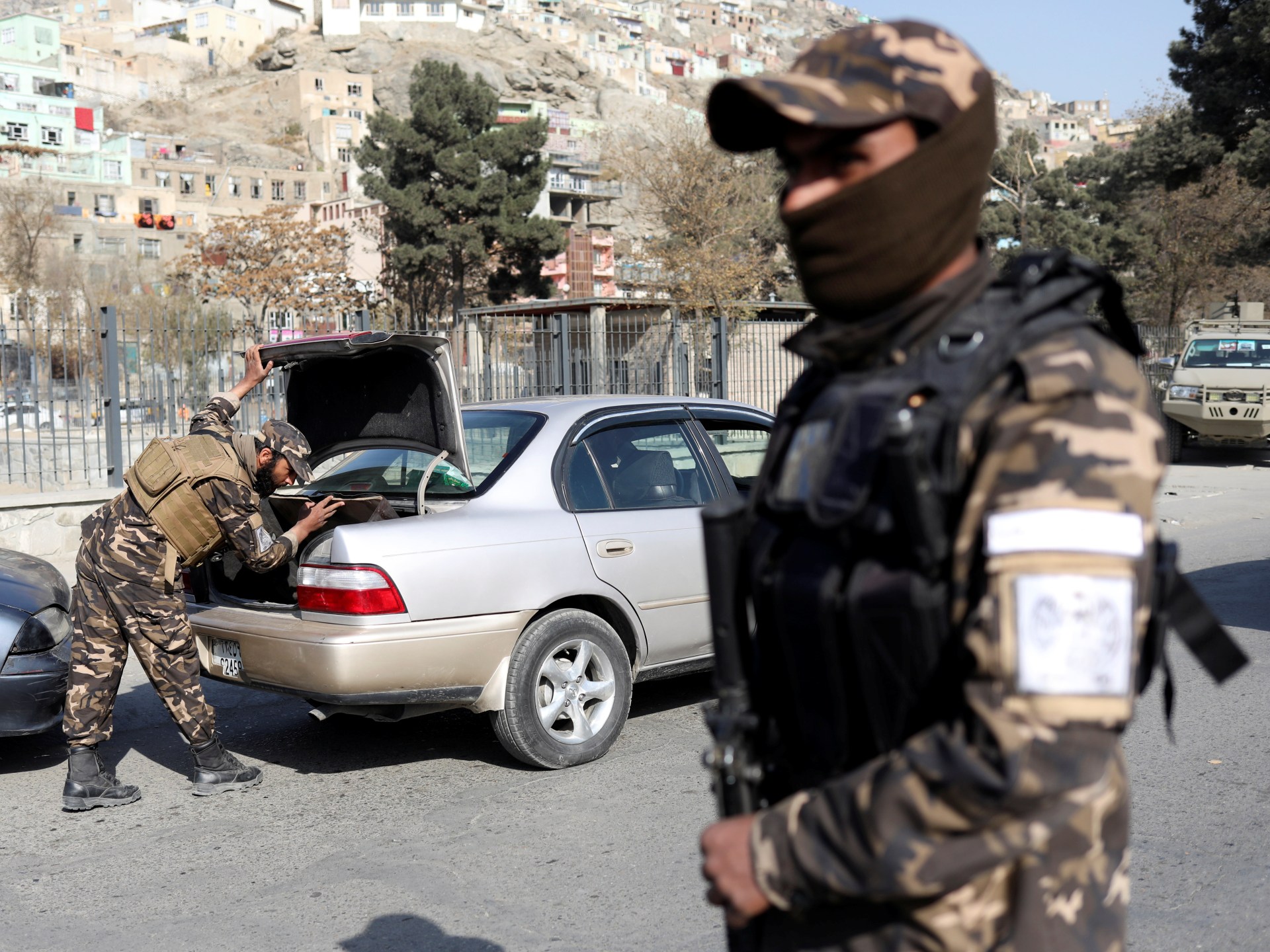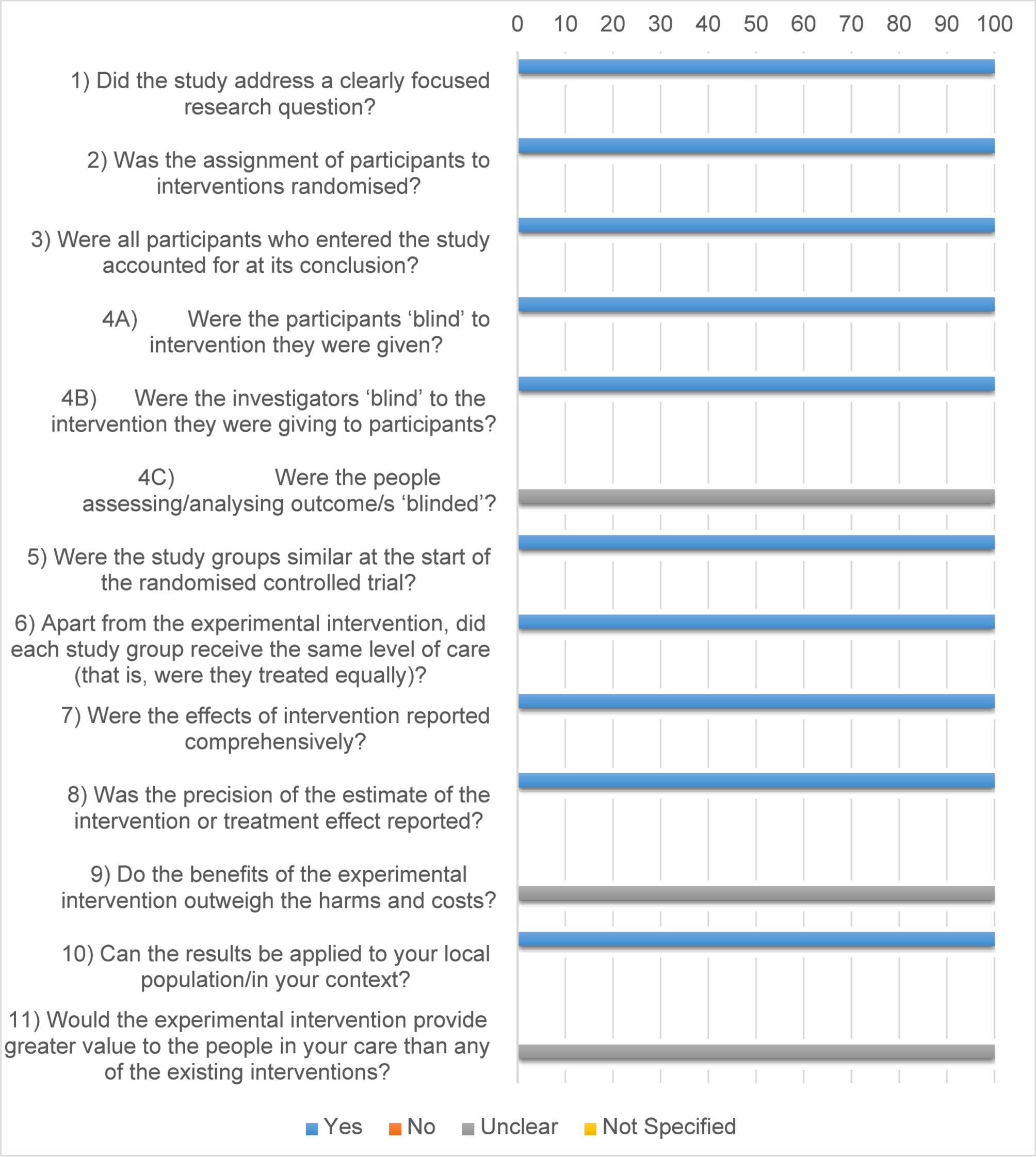Multiple agencies confirm reductions in force are under way
The Guardian has independently confirmed that reductions in force (RIFs) are under way at the following departments and agencies:
-
Department of Education
-
Department of Health and…

The Guardian has independently confirmed that reductions in force (RIFs) are under way at the following departments and agencies:
Department of Education
Department of Health and…

Canadian brand PSB has launched new wall-mounted speakers and a new subwoofer. Need a new home cinema system? This could be the answer.
The PWM Sat On-Wall Speaker (to give it its full name), is the most compact in the brand’s PWM Series. It…

Metatranscriptomic sequencing is a highly demanding yet complete approach, making the optimization of every step essential, particularly for RNA extraction. In this study, we focused on respiratory samples, specifically bronchoalveolar lavage…

Anna Hall and Sander Skotheim have been confirmed as the winners of the 2025 World Athletics Combined Events Tour, which rewards their season-long consistency in the heptathlon and decathlon, respectively.
The Combined Events Tour takes each…

Arbovirus dynamics depend on vectorial capacity, human habitats, migration of humans and vectors, and public health capacities. Viral infections like dengue, chikungunya, Zika, yellow fever, and Oropouche have emerged and re-emerged in complex…

Islamabad, Pakistan – A series of explosions and bursts of gunfire rattled Afghanistan’s capital late Thursday evening, according to local media. The cause of the blasts and the extent of casualties remain unclear.
Taliban government spokesman…

This systematic review examines the relationship between ceftriaxone therapy and cholelithiasis in pediatric patients, synthesizing findings from 11 studies conducted in different countries, including Japan, Switzerland, Turkey, the USA, and…

Jonny Humphries
BBC News
Manchester City flags in memory of Hatton are flying outside the pub where the funeral cortege will begin its journey.
The procession…

General view of the Google headquarters in King’s Cross as the tech giant faces a 5 billion pound lawsuit in the UK for allegedly abusing its online search dominance.
Sopa Images | Lightrocket | Getty Images
LONDON — Britain’s competition regulator on Friday activated new powers to regulate Google‘s search activities, putting the U.S. tech giant in the firing line for further regulatory action.
The Competition and Markets Authority confirmed it is designating Google with “strategic market status” for its general search and search advertising services. It follows a near nine-month investigation in which the watchdog concluded that the tech giant has “substantial and entrenched market power.”
The watchdog said that Google’s Gemini AI assistant was not within the scope of the designation, although other AI-based search features were included.
“We have found that Google maintains a strategic position in the search and search advertising sector – with more than 90% of searches in the UK taking place on its platform,” Will Hayter, executive director for digital markets at the CMA, said in a statement.
“Having taken into account the feedback received following our proposed decision, we have today designated Google’s search services with strategic market status.”
The designation is not a “finding of wrongdoing,” according to the CMA, but it does mean that Google may have to make changes to how search works in the U.K.
It’s currently unclear what such measures will look like, as consultation on possible interventions is expected to start later this year, the CMA stated.
However, according to a roadmap published in June, it could require the tech giant to implement fairer search rankings and give publishers greater control over how their content is used, including in AI-generated responses, among other things.
Google said its search product contributes billions of pounds to the U.K. economy, and the country has so far been able to avoid costly restrictions on some of its popular services.
“Many of the ideas for interventions that have been raised in this process would inhibit UK innovation and growth, potentially slowing product launches at a time of profound AI-based innovation,” said Oliver Bethell, senior director of competition at Google.
He added that Google hopes to see “outcomes that reflect such ambitions in the crucial months ahead.”
Indeed, the firm’s parent company Alphabet last month announced a £5 billion ($6.8 billion at the time) investment in the U.K. as part of the country’s AI development, which includes the build-out of a state-of-the-art data center just north of London.
British Finance Minister Rachel Reeves described the move as “a powerful vote of confidence in the U.K. economy and the strength of our partnership with the U.S.,” CNBC previously reported.
“To date, U.K. businesses and consumers have been amongst the first to benefit from Google’s innovations, often months before their European counterparts,” Google’s Bethell said amid the CMA designation. In a LinkedIn post a couple of months ago, Debbie Weinstein, president of Google in Europe, said this was due to “regulatory uncertainty” in Europe.
For it to continue to benefit in this way, the U.K. should focus on “avoiding unduly onerous regulations and learning from the negative results seen in other jurisdictions,” Bethell added.
The strategic market status designation is a flex of the CMA’s new powers, designed to “improve competition in digital markets, helping to drive innovation, investment and growth across the U.K. economy,” which came into force earlier this year.
The CMA is also investigating Google’s mobile operations in a separate case.

Snapchat is experimenting with a new Bitmoji Plaza feature on its web interface, letting users’ Bitmoji avatars mingle in a basic 3D environment. The move marks Snap’s push toward more spatial, avatar-driven interaction in a lightweight form…